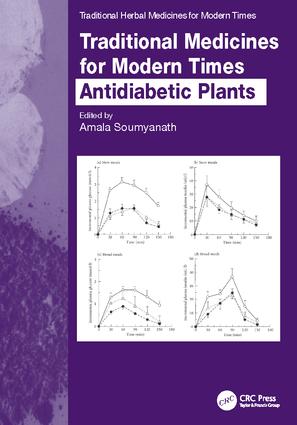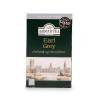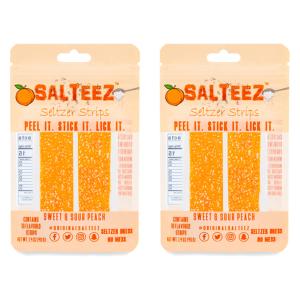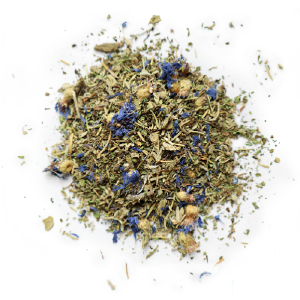The increasing prevalence of diabetes mellitus world-wide is an issue of major socio-economic concern. Scientific interest in plant-derived medicine is steadily rising, yet there is often a wide disparity in the caliber of information available. A detailed compilation of scientific information from across the globe, Traditional Medicines for Modern Times: Antidiabetic Plants highlights the potential role of dietary and medicinal plant materials in the prevention, treatment, and control of diabetes and its complications. The book not only describes plants traditionally used to treat diabetes, but evaluates the scientific studies on these plants and describes in vitro, in vivo, and clinical methods for their investigation. It examines the theory that changes in dietary patterns from traditional plant foodstuffs containing beneficial components, to richer, more processed “junk” food is responsible for the increased prevalence of diabetes worldwide.The book begins with an introduction to the disease diabetes mellitus written by a consultant physician and an up-to-date, detailed summary table and discussion of scientifically screened antidiabetic plants compiled by authors from the Jodrell Laboratories, Royal Botanic Gardens, Kew, UK. The next chapters provide an outline of clinical, in vivo, and in vitro methods for assessing antidiabetic activity of plant materials, followed by descriptions of traditional plant remedies used in Asia, the Americas, Africa, Europe, and Australia written by an international group of authors active in antidiabetic plant research. The final chapters emphasize the role of particular phytochemical groups in the treatment or prevention of diabetes. By documenting both traditional and scientifically derived knowledge, Traditional Medicines for Modern Times: Antidiabetic Plants brings us closer to the translation of traditional knowledge into new methods for treatment of this important disease.
This book is a comprehensive guide. It’s a great resource for understanding traditional medicines related to diabetes. Just read it to learn about the plants used for treating diabetes, how they’re studied, and their potential. There are no specific usage methods or maintenance advice to mention as it’s mainly an informational book. However, if you’re interested in diabetes treatment through traditional plants, this is a must-read. Just enjoy exploring the wealth of knowledge it offers.
Be the first to review “Traditional Medicines for Modern Times – Hardback High Quality For Sale” Cancel reply
Related products
Beverages








Reviews
There are no reviews yet.